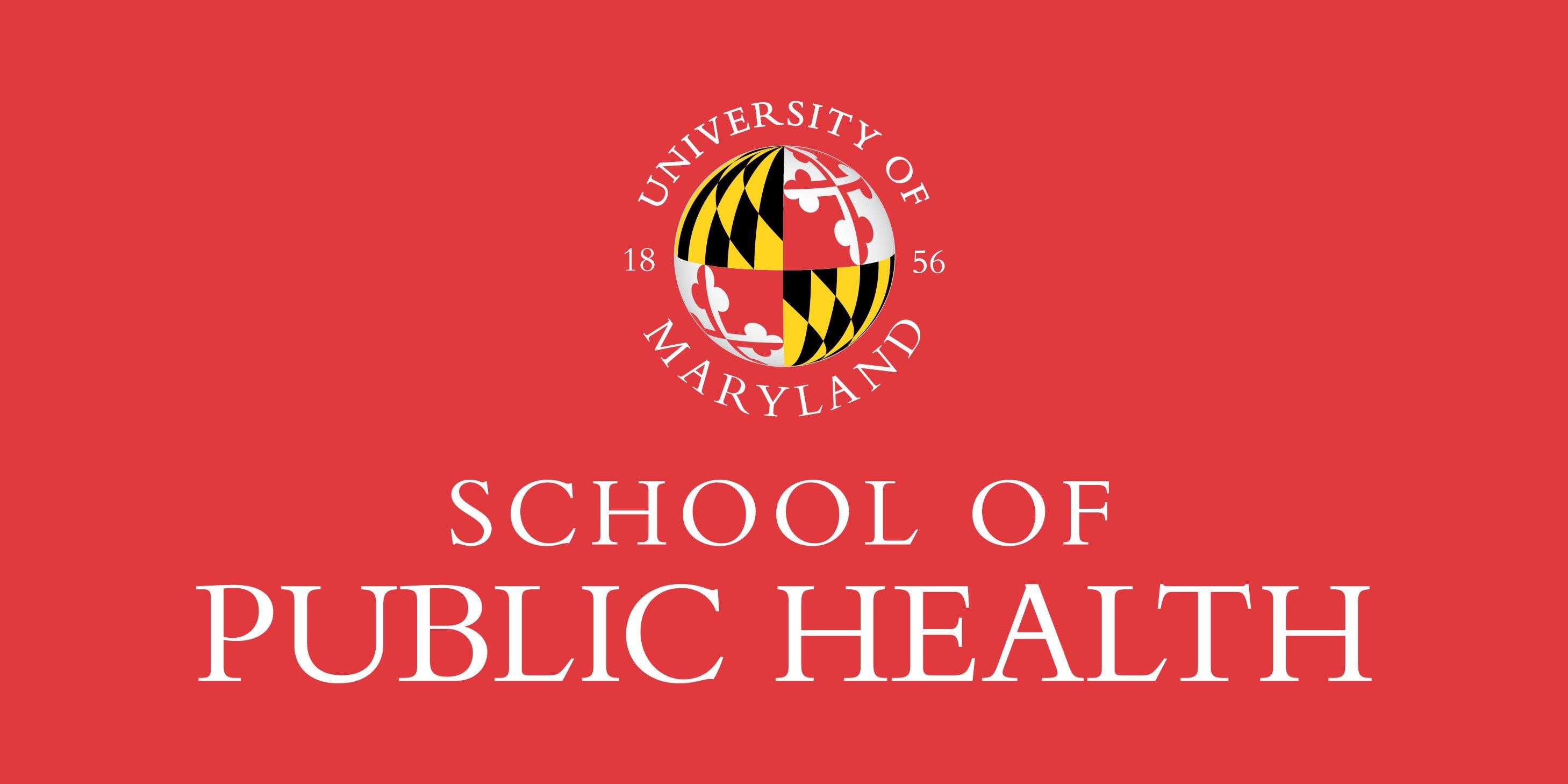

Food insecurity – the lack of reliable access to sufficient quantities of affordable, safe, nutritious food – is a serious problem for many Americans, including young adults at college campuses across the country. The potential negative impact on educational success may be significant, yet the scope of the problem has not been well documented or understood.
Two new publications by Assistant Professor Devon Payne-Sturges in the University of Maryland School of Public Health, add to the knowledge of the extent of food insecurity (FI) among college students. The results of a survey conducted on a large public university campus to assess food insecurity prevalence, published in the American Journal of Health Promotion, and data gathered from a systematic review of research on food insecurity on college campuses nationally, published in the Journal of the Academy of Nutrition and Dietetics, shine a bright light on this growing public health problem.
In the campus survey, Dr. Payne-Sturges from the SPH’s Maryland Institute for Applied Environmental Health and colleagues found that 15% of students surveyed were food insecure, with an additional 16% at risk of food insecurity. Among the general population, the US Department of Agriculture (USDA) estimates that 12.7% of US households are food insecure.
The researchers surveyed 237 undergraduate students to estimate FI and to “examine the association between food insecurity, demographic characteristics, potential financial risk factors, and self-reported physical and mental health and academic performance; and identify possible risk factors for food insecurity.” They found that students who were African-American or from other racial/ethnic minority groups, those receiving multiple forms financial aid, or were experiencing housing problems were more likely to be food insecure or at risk for food insecurity.
Previous research documents myriad negative physical and mental health consequences of FI among adults, as well as lower academic achievement, behavioral and attention problems, and adverse psychosocial development among school-aged and teenage students. This study was undertaken as formative research to provide baseline data to inform a new campus-based initiative addressing student hunger via establishment of a campus food pantry.
“We evaluated multiple correlates of food insecurity (e.g., housing stability, physical health, depression symptoms, and academic performance), which is unique among the few existing studies,” the report states. Dr. Payne-Sturges finds the mental health outcomes to be particularly concerning because food insecure students were more likely to report depression symptoms.
“To what extent do depression and mood in food-insecure students interfere with academic success?” she asks.
“Our study affirms individual observations about student hunger on campus and quantifies the burden of food insecurity among this population,” the study reads. “Our analysis identified important predictors that can inform the operations of ongoing campus-based interventions aimed at ameliorating the underlying causes of food insecurity. For our student population, the causes are more likely related to financial need, which often intersects with racial/ethnic minority status.”
In addition to other negative impacts of food insecurity, Dr. Payne-Sturges is concerned about the environmental health risks to those experiencing it. “One of the factors of food insecurity is that it’s linked to higher exposure to contaminants,” Dr. Payne-Sturges said. “People are more likely to be eating canned goods, highly processed foods, fast foods, and items contaminated with BPA or phthalates [chemicals found in some plastic food packaging].” Some studies have shown these chemicals to be endocrine disruptors, linked with metabolic disorders and obesity.
Dr. Payne-Sturges’ literature review shows an even more disturbing set of statistics, with rates of FI among college students at 35% in peer-reviewed and 42% in gray literature. The review identified seventeen peer-reviewed studies and 41 sources of gray literature (out of 11,476 titles). Collective data show that food insecurity among college students is consistently associated with being financially self-supporting, poor health and adverse academic outcomes. The review paper points to the need for more interventions at the intrapersonal, interpersonal and institutional levels, and more research on the effectiveness of those interventions.
Both pieces of research are a driving force behind efforts to expand the scope and reach of the University of Maryland Campus Pantry, and to create a more extensive campus survey of undergraduate and graduate students to launch this fall, Dr. Payne-Sturges said.
Student Hunger on Campus: Food Insecurity Among College Students and Implications for Academic Institutions was written by Devon C. Payne-Sturges, DrPH, Allison Tjaden, MPH, Kimberly M. Caldeira, MS, Kathryn B. Vincent,MA, Amelia M. Arria, PhD and pubished in the American Journal of Health Promotion
The Struggle Is Real: A Systematic Review of Food Insecurity on Postsecondary Education Campuses was written by Meg Bruening, PhD, MPH, RD, Katy Argo, Devon Payne-Sturges, DrPH, and Melissa N. Laska, PhD, RD and published in the Journal of the Academy of Nutrition and Dietetics.
Related Links: